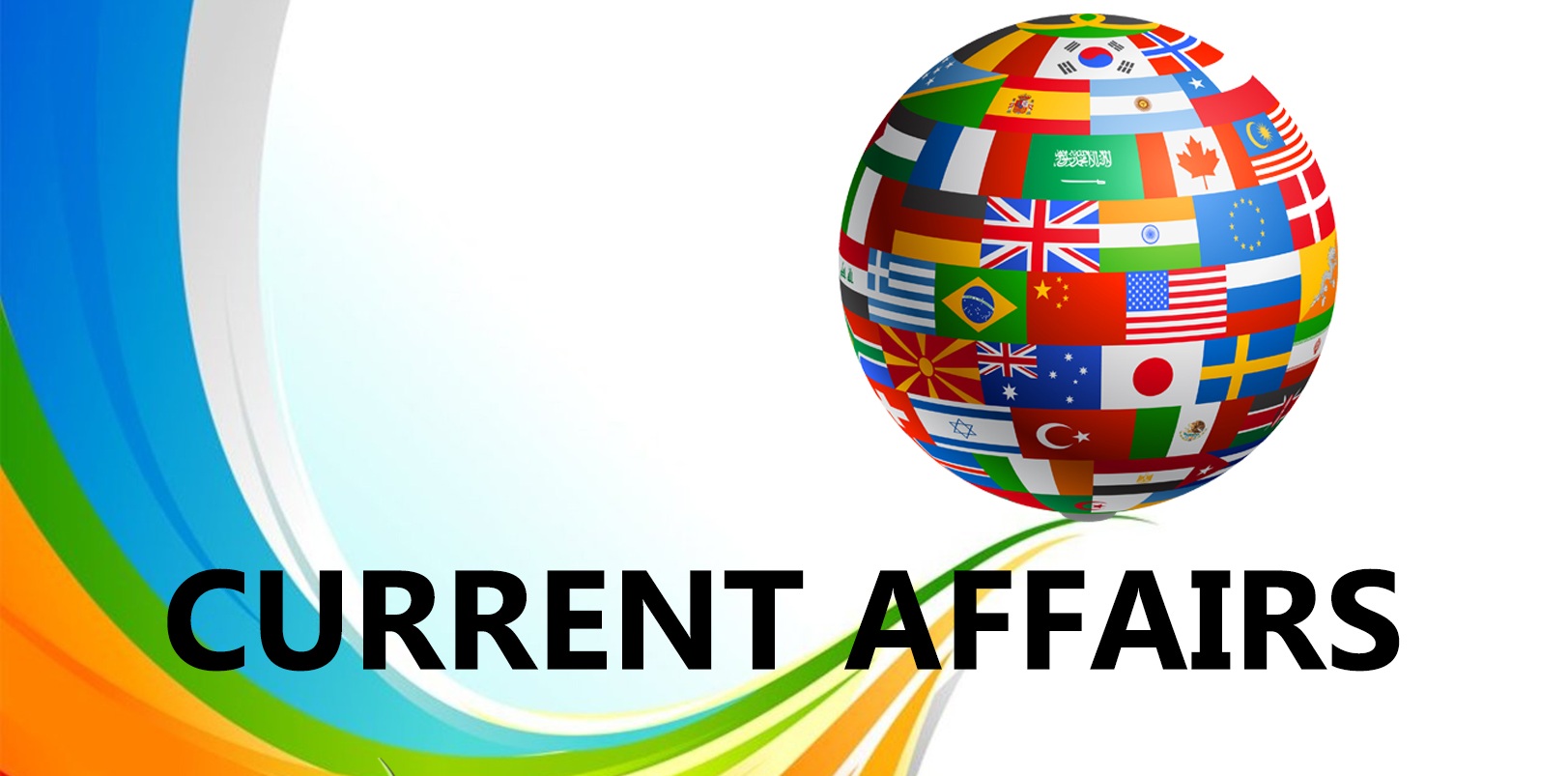
Subcategorization of Scheduled Caste
Subcategorization of Scheduled Castes (SCs) refers to the process of dividing the broader category of Scheduled Castes-officially designated groups in India recognized under the Constitution as historically disadvantaged due to untouchability and socio-economic backwardness-into smaller sub-groups. The aim is to ensure a more equitable distribution of reservation benefits and affirmative action, targeting the most marginalized communities within the SC category.
Scheduled Castes, as per the Constitution (Scheduled Castes) Order, 1950, include over 1,200 castes across India, historically subjected to discrimination and exclusion. While they collectively receive a 15% reservation in education, public employment, and political representation, significant disparities exist within the SC category. Some communities have benefited more from these policies due to better access to education, resources, or social mobility, while others remain severely underrepresented and backward. Subcategorization seeks to address this intra-group inequality by prioritizing the most disadvantaged sub-groups.
For example, in Telangana, the Madiga community (about 50% of the SC population) has argued that their share of benefits is disproportionately taken by the Mala community. Similarly, in states like Punjab, Tamil Nadu, and Andhra Pradesh, specific sub-groups like Balmikis, Mazhabi Sikhs, and Arundhatiyars have sought targeted quotas within the SC reservation framework.
The issue of subcategorization has been debated legally for decades:
- 1975: Punjab divided its 25% SC reservation, giving preference to Balmikis and Mazhabi Sikhs, marking an early attempt at subcategorization.
- 2004 (E.V. Chinnaiah v. State of Andhra Pradesh): A five-judge Supreme Court bench ruled that SCs form a homogeneous group under Article 341, and states cannot sub-classify them, as only Parliament can alter the Presidential List of SCs. This struck down Andhra Pradesh's subcategorization law.
- 2020 (State of Punjab v. Davinder Singh): A five-judge bench questioned the 2004 ruling, arguing SCs are not homogeneous and referring the matter to a larger bench.
- 2024: A seven-judge Constitution Bench (6:1 majority) overturned the 2004 decision, affirming that states can sub-classify SCs based on empirical evidence of varying backwardness, provided it doesn't violate constitutional equality principles or exclude other SC groups entirely. The ruling emphasized that such measures align with Articles 15(4) and 16(4), which allow special provisions for backward classes.
- Objective: To ensure benefits reach the most backward sub-groups within SCs, addressing disparities in education, employment, and socio-economic status.
- Criteria: States must use quantifiable data (e.g., representation in jobs, education levels) to justify sub-classification, ensuring it's not arbitrary or politically motivated.
- Limitations: States cannot reserve 100% of SC seats for one sub-group, preserving the broader category's integrity.
- Creamy Layer Debate: Four judges in the 2024 ruling suggested applying the "creamy layer" principle (excluding affluent SC individuals from benefits), though it wasn't mandated.
- Equity: Helps marginalized sub-groups like the Madigas in Telangana, Arundhatiyars in Tamil Nadu (who hold only 0-5% of jobs despite being 16% of SCs), or Paswans in Bihar gain better access to opportunities.
- Social Justice: Recognizes the heterogeneity within SCs, tailoring policies to specific needs rather than a one-size-fits-all approach.
- Effective Representation: Ensures not just numerical but meaningful participation of the most backward sub-groups.
- Legal Complexity: Balancing state autonomy with Parliament's exclusive power under Article 341 remains contentious.
- Risk of Division: Subcategorization might fragment the SC community, potentially weakening collective identity or sparking intra-group disputes.
- Data Dependency: Accurate socio-economic data on sub-groups is often lacking, complicating implementation.
- Creamy Layer Concerns: Applying this principle to SCs (unlike OBCs) is debated, as untouchability, not just economic status, defines SC disadvantage.
As of March 20, 2025, the Supreme Court's 2024 ruling has paved the way for states to implement subcategorization policies. The Union government has also formed a committee (led by the Cabinet Secretary) to explore equitable benefit distribution among SCs, focusing on the most backward communities. States like Punjab, Tamil Nadu, and Andhra Pradesh, with prior attempts at subcategorization, are likely to refine their approaches based on this verdict.
In summary, subcategorization of Scheduled Castes is a nuanced policy aimed at rectifying internal inequalities within this historically oppressed group. While it offers a path to greater fairness, its success hinges on robust data, clear criteria, and careful execution to avoid unintended consequences.

